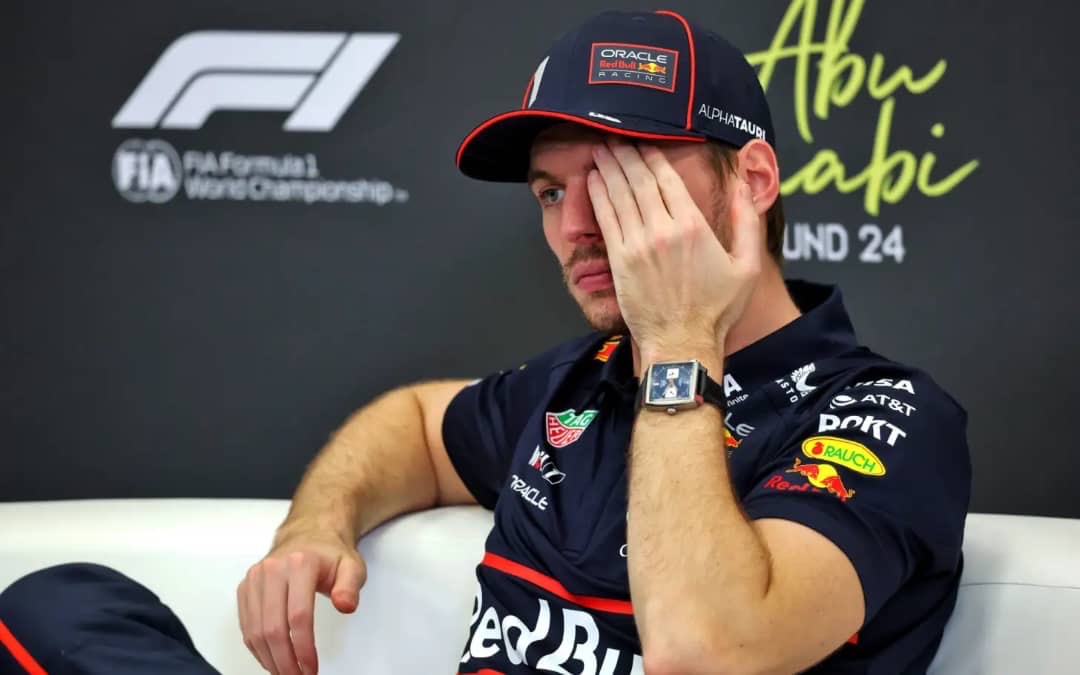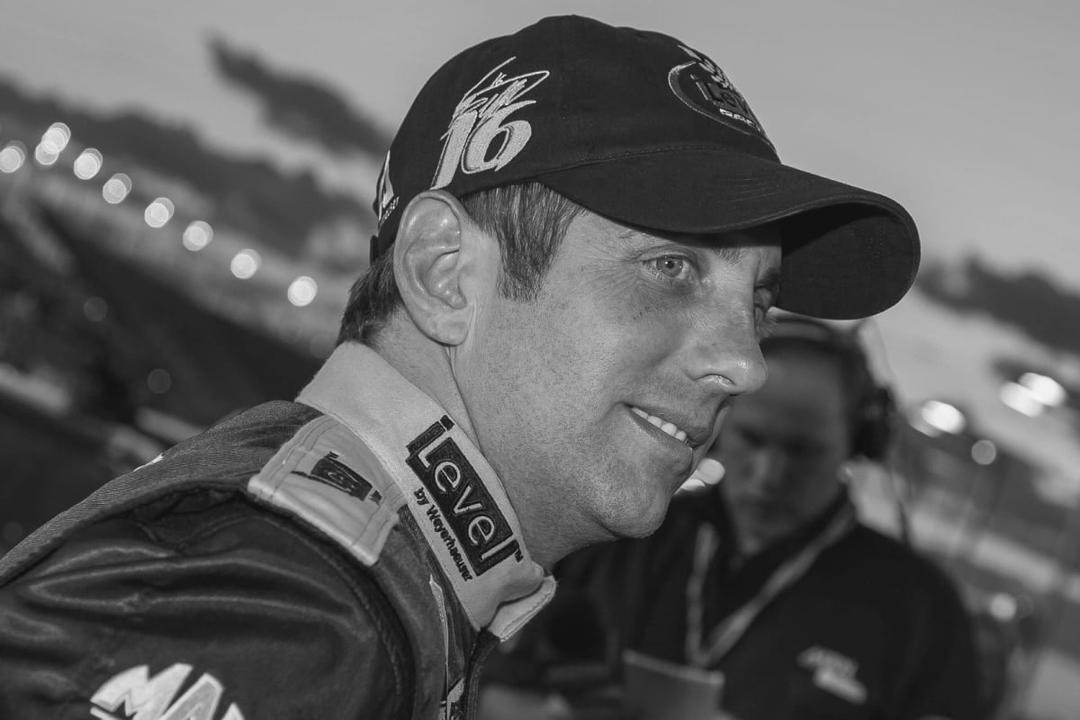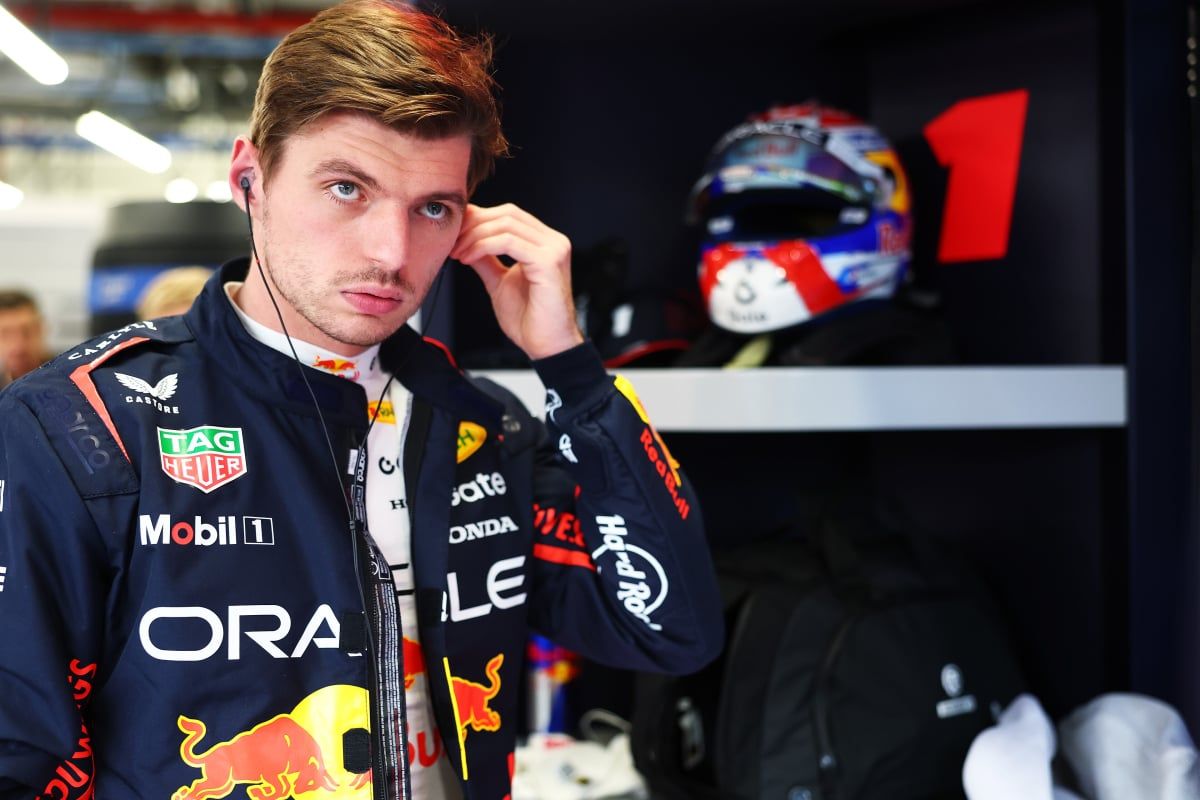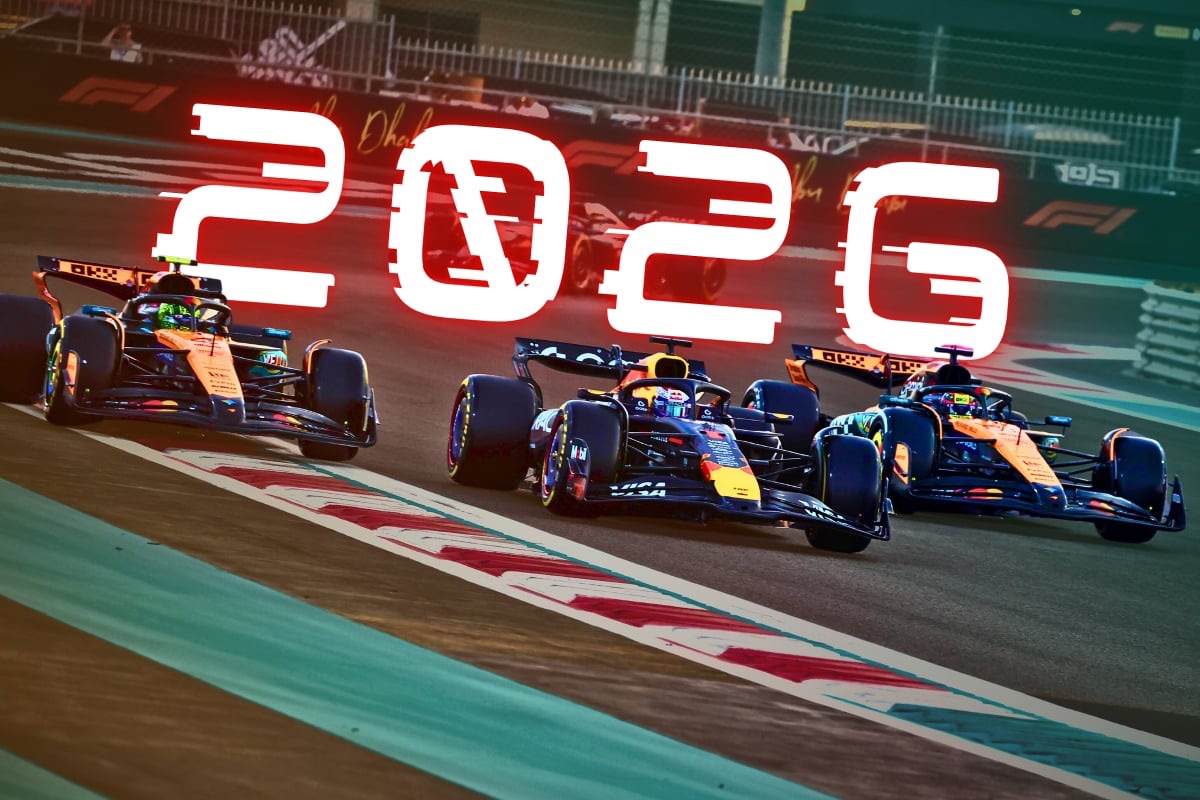Why the US Grand Prix Could Define the Battle Between Red Bull and McLaren
The upcoming United States Grand Prix at the Circuit of the Americas (COTA) is shaping up to be a decisive moment in the ongoing battle between Red Bull and McLaren. After a turbulent first half of the season, Red Bull’s latest updates to the RB21 could determine whether they have successfully regained control of a campaign that once seemed to be slipping away.
The Singapore Grand Prix offered mixed fortunes for both teams. Red Bull showed signs of recovery, with Max Verstappen performing far better than many expected and securing a solid P2 finish. However, despite the improvement, Verstappen couldn’t quite match George Russell’s pace throughout the race. McLaren, meanwhile, endured a frustrating weekend on a circuit where they had dominated the year before. Poor qualifying results left them on the back foot, even though their race pace was strong enough to compete with Verstappen’s Red Bull once the lights went out.
Now, all eyes are on COTA — a track known for its technical complexity and demanding set-up requirements. Engineers and strategists face a delicate balancing act, as the circuit’s layout tests every aspect of a car’s performance. The first sector is dominated by a series of high-speed corners that demand an extremely stable aerodynamic platform. Cars need a firm suspension setup to allow drivers to attack these sweeping bends confidently.
In contrast, the second sector presents a long straight followed by a pair of slower corners. This section rewards cars with strong top speed and excellent traction out of low-speed zones. The final sector then mixes everything up again, combining slow technical sections — such as Turns 13, 14, and 15 — with very fast, flowing corners like Turns 18 and 19. To be quick here, a car must be both agile and aerodynamically balanced.
As a result, most teams typically opt for a medium-to-high downforce configuration at COTA. The track’s undulating surface and numerous bumps force teams to run slightly higher ride heights to prevent bottoming out. However, this conservative approach reduces the effectiveness of the Venturi tunnels underneath the car, leading to a loss of downforce. To counteract that, teams often install larger rear wings and beam wings. This helps stabilize the car during heavy traction phases, particularly in the slower corners, and aids in protecting the rear tyres — a critical factor given the circuit’s abrasive nature.
Adding another layer of complexity, Pirelli has chosen to bring the C4 (soft), C3 (medium), and C1 (hard) tyre compounds to Austin. This wider spread is intended to spice up strategy options and encourage different pit stop approaches. With high ambient and track temperatures forecasted, tyre management will be a deciding factor. Both the rear tyres and the front-left corner tend to endure extreme stress over a race distance due to the track’s mix of fast changes of direction and long traction zones.
Ultimately, if the upgraded RB21 manages to outperform McLaren on one of the calendar’s most complete circuits, it would signal that Red Bull’s engineering team has executed a full-season turnaround. But if McLaren strikes back, the battle for supremacy in the final races could become even more intense — making the 2025 United States Grand Prix a pivotal chapter in this F1 season.



